Travelling Across Mexico’s Baja California Peninsula
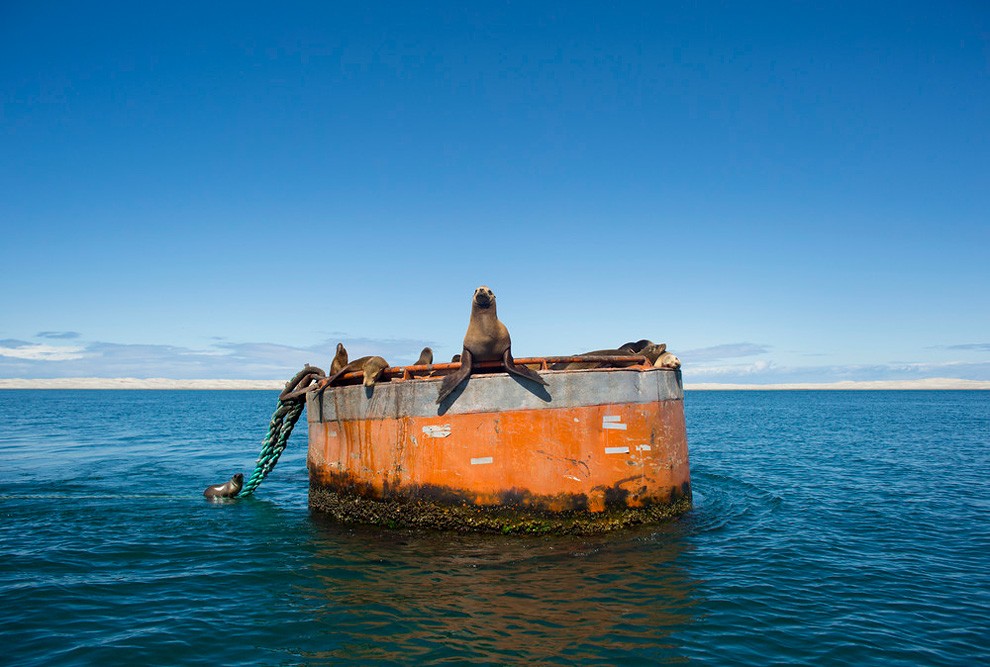
In this March 3, 2015 photo, a group of California sea lions rest on a large bouy in the San Ignacio lagoon, in the Pacific Ocean, near Guerrero Negro, in Mexico’s Baja California peninsula. (Photo by Dario Lopez-Mills/AP Photo)
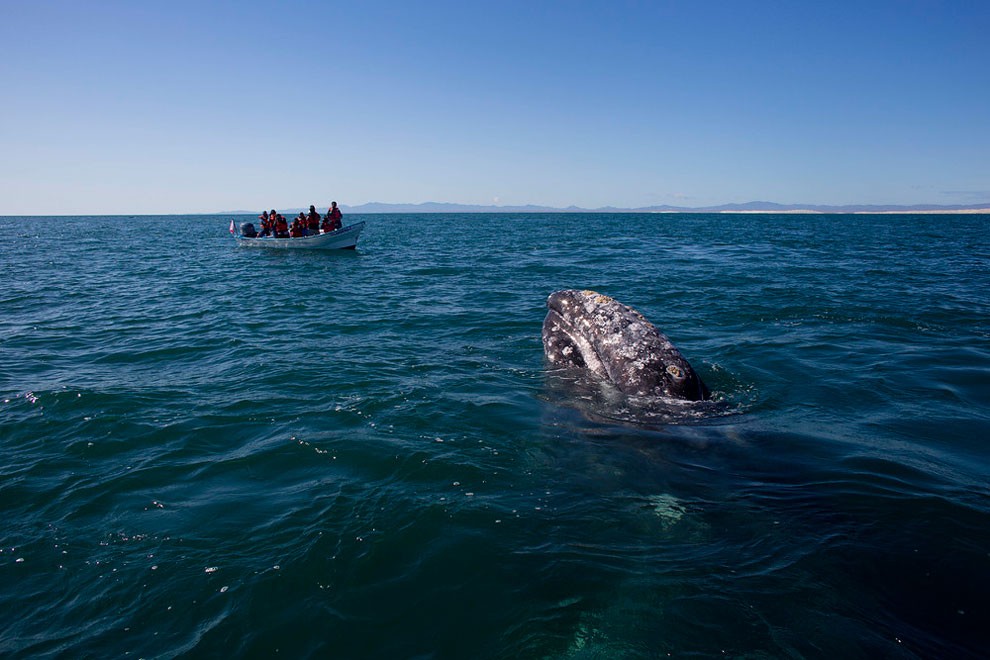
In this March 3, 2015 photo, visitors aboard a boat watch as a gray whale surfaces in the Pacific Ocean waters of the San Ignacio lagoon, near the town of Guerrero Negro, in Mexico’s Baja California peninsula. Hunted to the edge of extinction in the 1850’s after the discovery of the calving lagoons, and again in the early 1900’s with the introduction of floating factories, the gray whale was given full protection in 1947 by the International Whaling Commission. (Photo by Dario Lopez-Mills/AP Photo)
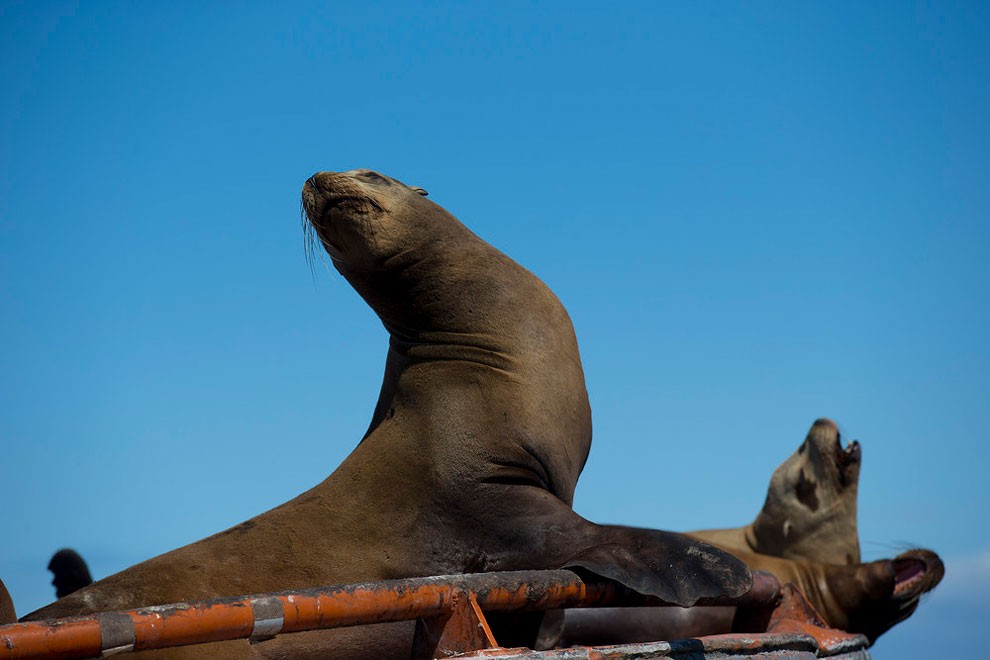
In this March 3, 2015 photo, a group of California sea lions rest in a large bouy in the San Ignacio lagoon, on the Pacific Ocean near the town of Guerrero Negro, in Mexico’s Baja California peninsula. (Photo by Dario Lopez-Mills/AP Photo)

In this March 3, 2015 photo, a gray whale surfaces in the Pacific Ocean waters of the San Ignacio lagoon, near the town of Guerrero Negro, in Mexico’s Baja California peninsula. The town has a long whaling history, having been named for the Black Warrior, a whaling ship that partially sank in the area in 1858. (Photo by Dario Lopez-Mills/AP Photo)
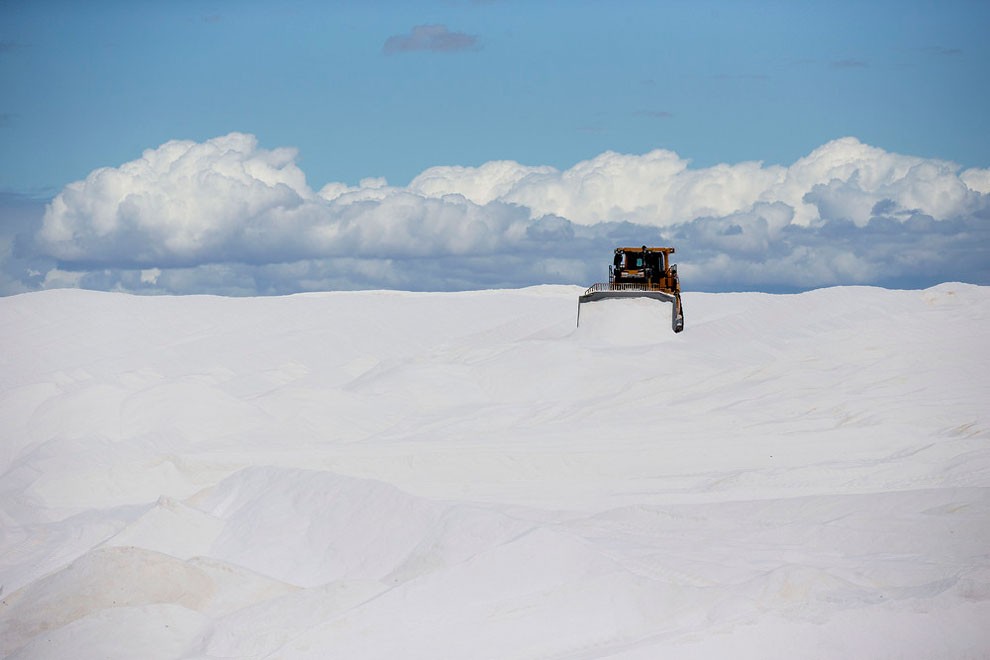
In this March 3, 2015 photo, a bulldozer moves salt for loading onto barges, at the Salt Export Co. (ESSA), port installations, in Guerrero Negro, in Mexico’s Baja California peninsula. The largest salt-making facility on the planet is located here. The salt is extracted from ocean water by evaporation, taking advantage of the region’s low yearly rainfall, large areas of flat lands and high solar radiation. (Photo by Dario Lopez-Mills/AP Photo)
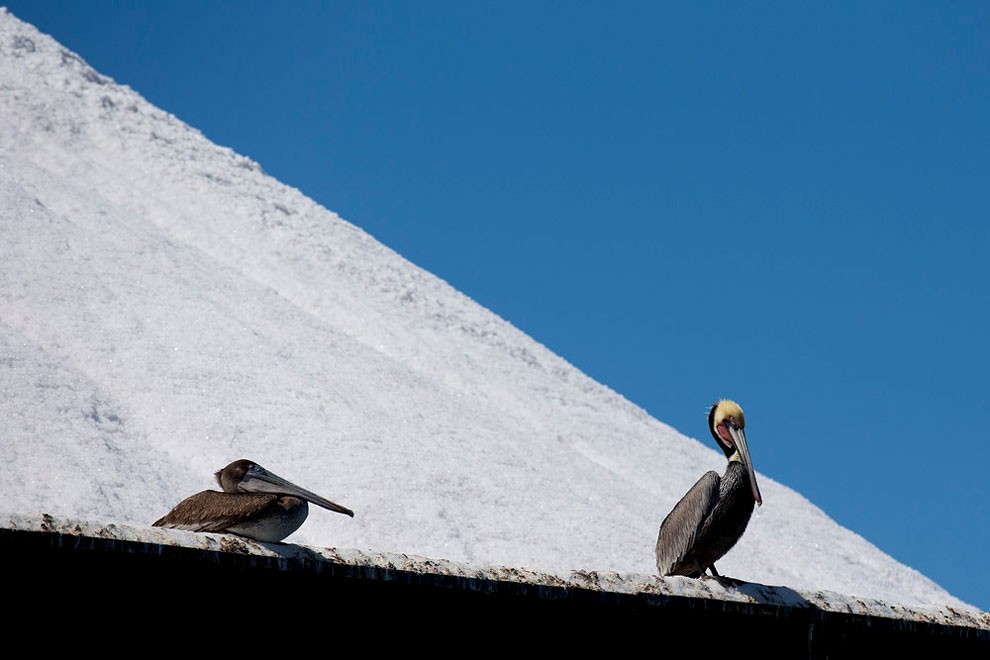
In this March 3, 2015 photo, a pair of pelicans rest on the edge of a barge filled with sea salt ready for exportation, at the Salt Export Co. (ESSA), port installations, in Guerrero Negro, Mexico’s Baja California peninsula. According to ESSA, their company operates the world’s largest solar salt business, producing approximately 7 million tons annually. (Photo by Dario Lopez-Mills/AP Photo)
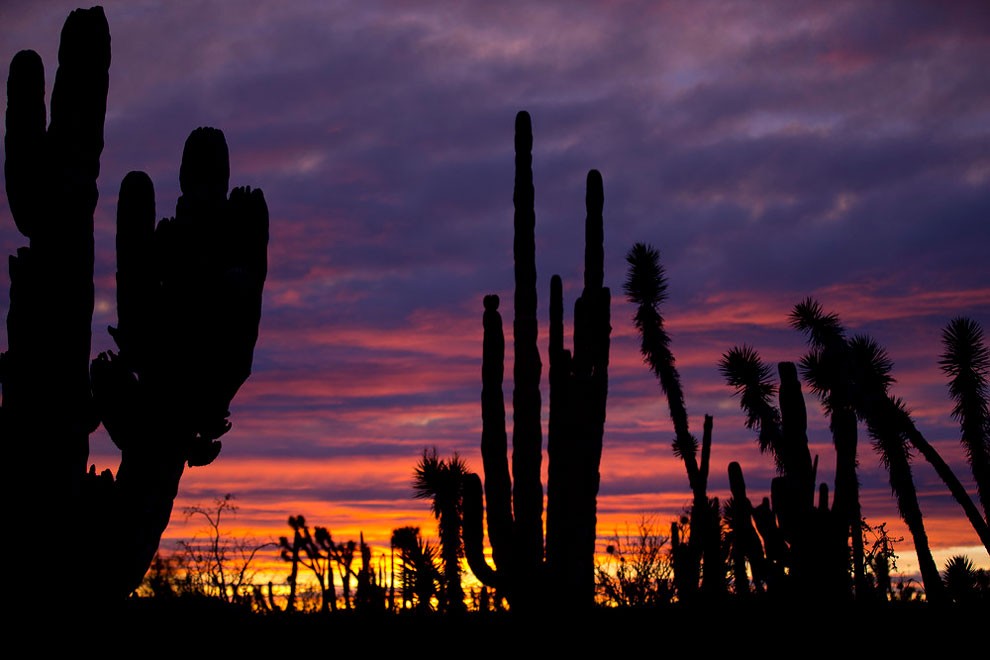
In this March 3, 2015 photo, cacti are silhouetted against a twilight sky in the Valle de los Cirios, near Guerrero Negro, Mexico’s Baja California peninsula. Also known as the Valley of the Boojums for the unusual cacti tree that is endemic to the area, it is one of Mexico’s largest protected areas. The land is forested with desert flora that looks like it was drawn by Dr. Seuss: Boojums and elephant trees, cardon cacti, and many other types of succulents, as well as a variety of birds and mammals. (Photo by Dario Lopez-Mills/AP Photo)
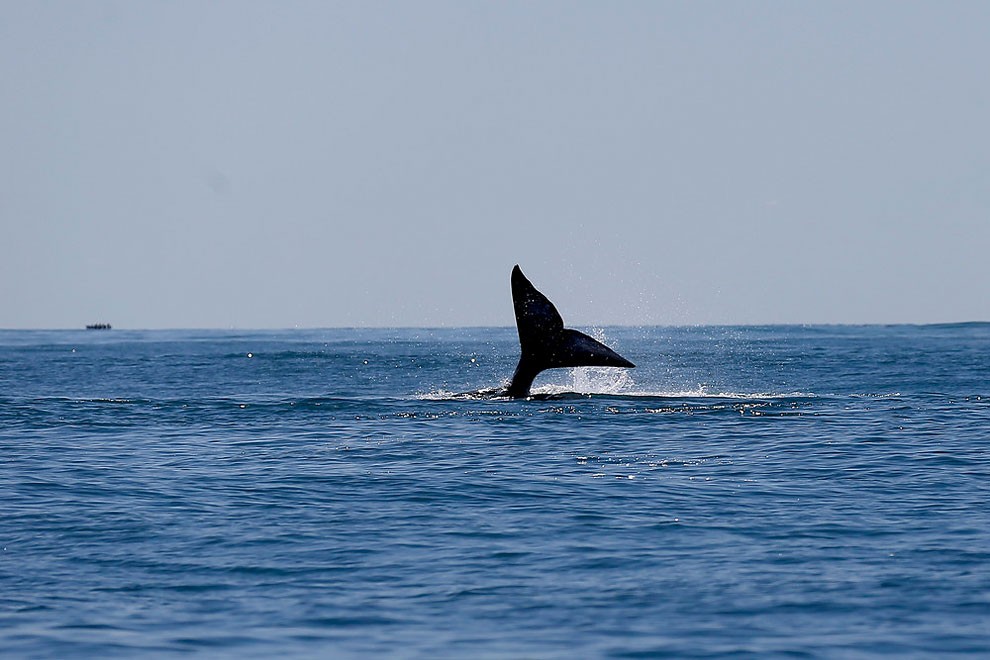
In this March 3, 2015 photo, a gray whale dives into the Pacific Ocean waters of the San Ignacio lagoon, near the town of Guerrero Negro, in Mexico’s Baja California peninsula. The presence of gray whales in Scammon and San Ignacio lagoons reached its peak in late February, registering the entry of more than 2,500 adult whales and calves. This figure is considered one of the best averages of the past 19 years, according to the Secretariat of Environment and Natural Resources. (Photo by Dario Lopez-Mills/AP Photo)